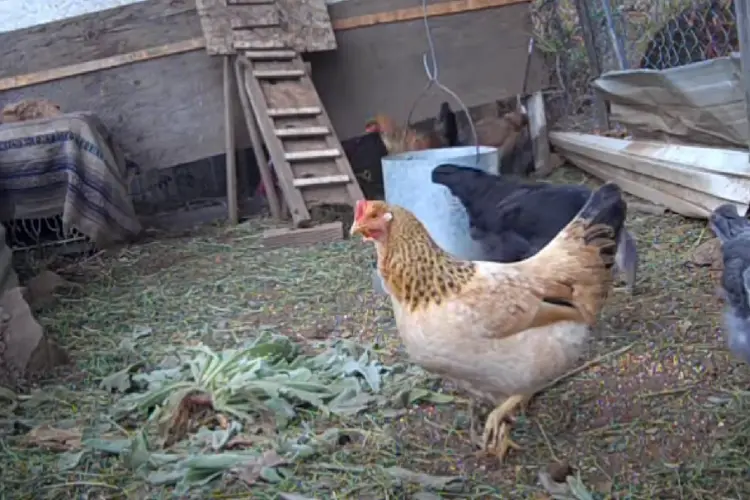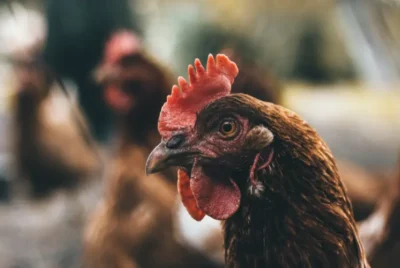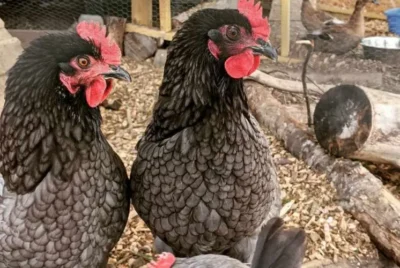All You Need to Know About Dixie Rainbow Chicken Breed
Raising Dixie Rainbow Chickens has been a mix of fun and a bit of hard work. These chickens look amazing with their bright feathers and grow pretty fast, but taking care of them means ensuring they eat right and have plenty of space to move around. They’re friendly chickens, which is great, but that also means I have to ensure they’re safe from animals that might want to harm them.
I’ve learned a lot about what they need to stay healthy and happy. So, I want to share what I’ve learned to help others who might want to raise these colorful and lively chickens.
Table of Contents
Overview of Rainbow Dixie
- Bird Size: Medium
- Type/Purpose: Dual-purpose
- Egg Production: Excellent
- Egg Size: Large
- Egg Color: Brown
- Broodiness: High (Often sits on eggs and cares for chicks)
- Hardiness: Cold hardy
- Temperament: Calm
Physical Characteristics
The Dixie Rainbow chicken breed predominantly comes in shades of tan and brown, with many exhibiting a speckled pattern. However, you may also find these chickens in white and pale brownish hues. Their color palette and pattern variations are so diverse that they’ve earned the nickname ‘Rainbow.’
These hybrid breed chickens are medium to large with a robust and well-rounded body. They typically have a deep chest and a broad back. The hens and the roosters are larger than many other breeds, often weighing 6-8 lbs.
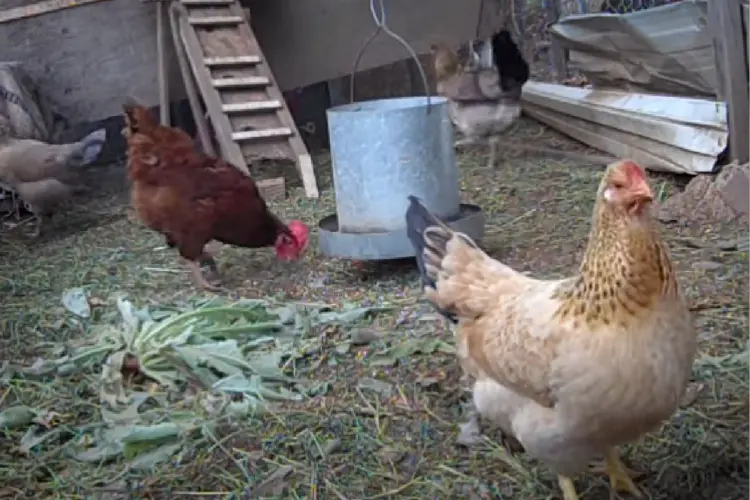
The eyes of these chickens are quite distinctive. They often give the impression of having naturally applied winged eyeliner, with a small black flick stretching out from the corner of their eyes.
By 12-13 weeks, the male and female Dixie Rainbow chickens will have fully developed combs and wattles. These can be quite prominent and are typically a vibrant red color.
Despite a generally limited color scheme, feather patterns like wing and tail feathers on these chickens can vary significantly. No two birds look alike; each bird possesses unique feather color patterns that add to its beauty.
Growth and Development of A Dixie Rainbow Chicken
The Dixie Rainbow chicken breed grows very quickly. By about 12 to 13 weeks, they can reach market weight size, usually around 6 to 8 pounds. This fast growth rate and large size make them a popular choice for those raising chickens as meat birds.
They also develop mature features like combs and wattles relatively early, often by around 17 weeks. Despite their quick growth and large size, they aren’t very good at flying due to their weight.

Nutritional Needs
Like all chickens, the Dixie Rainbow chicken breed has specific nutritional needs to support their growth, health, and production. They require a balanced diet that includes water, protein for muscle development and egg production, carbohydrates for energy, fats for essential fatty acids and overall health, vitamins for growth and metabolism, and minerals for bone development and eggshell formation.
Providing clean water, high-quality protein sources, grains, fats, vitamins, and minerals is essential for meeting the nutritional requirements of Dixie Rainbows and ensuring their overall well-being.
Behavior
The Dixie Rainbow chicken breed is lively, friendly, and full of personality. The hens are excellent mothers, dedicated to hatching eggs and caring for their chicks. They can be protective, tough, and might peck if their young are threatened.
The roosters, on the other hand, are calm and not usually aggressive. They’re larger than the hens but make reliable flock protectors, even though they might be slower to learn new things.
These chickens are known for their resilience and adaptability, managing well in various climates and environments. They also get along well with other chickens. They’re sociable creatures, with some chickens being particularly affectionate and vocal. Their curiosity often leads them to investigate their surroundings, making them a fascinating breed to observe and interact with.
Climate Adaptability of Dixie Rainbow Chicken Breed
The Dixie Rainbow chicken breed is remarkably adaptable to various climates, tolerating heat and cold effectively. During intense summer seasons, these sweet birds maintain their robust health, even though their egg production might experience a minor decrease in extreme heat.
Conversely, in the cold winter months, they show a surprising resilience, withstanding temperatures as low as -30°C. This robust tolerance to diverse climates makes the Dixie Rainbow an excellent choice for various environments, embodying its reputation as a highly adaptable breed.
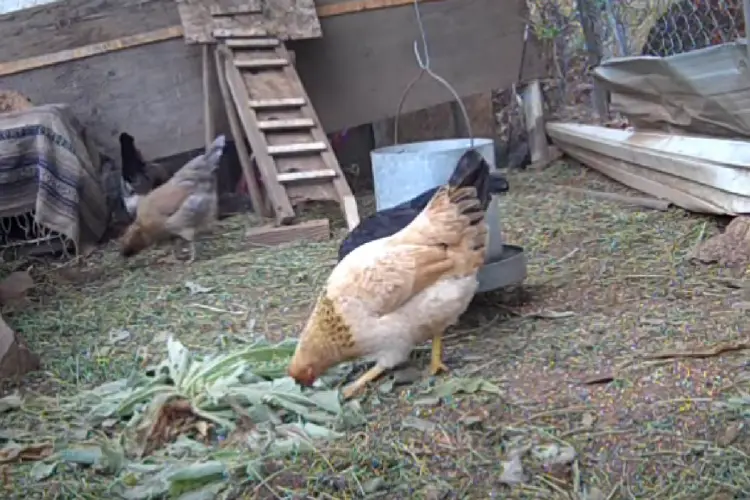
Egg Production of Dixie Chickens
Dixie Rainbow hens are good at laying eggs. They usually start laying when they’re about 20 to 24 weeks old and lay medium to large brown eggs. On average, they can give you about 4 to 5 eggs each week, which is pretty good for keeping a family supplied.
If you want even more eggs, you can mix them with other breeds like Easter Eggers or Rhode Island Reds. Remember, their egg-laying can change based on how healthy they are, what they eat, and where they live. I recommend giving them good food, care, and a nice place to live to help them lay more eggs.
Final Thoughts
Keeping Dixie Rainbow chickens has been amazing. They’re not just pretty to look at with their colorful feathers; they also lay lots of eggs, which is really handy. Whether you’ve got a big farm, a small backyard, or just love nature, these chickens are a great choice. They’re easy to look after and fit well into any space.
I’ve put everything I know about them in this guide to help others. Raising these chickens has made my backyard more colorful and fun, and I think it could do the same for you.

